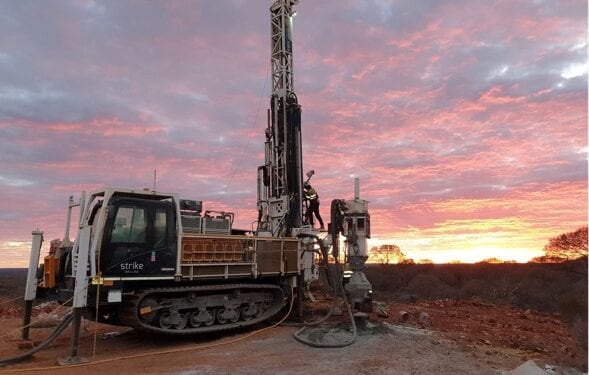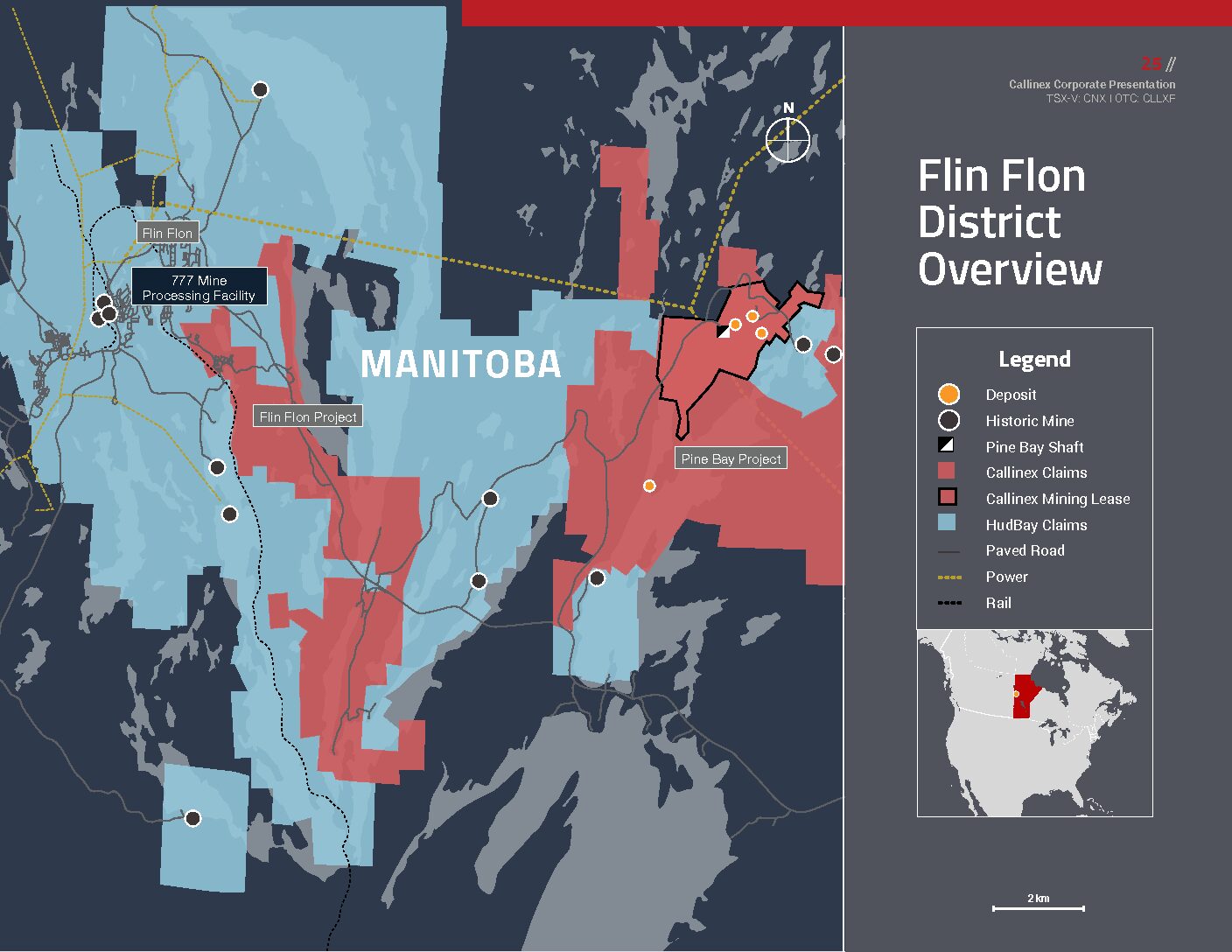Hits More Thick Intercepts Of Mineralised Units
St George Mining Limited (ASX: SGQ) has achieved further strong drill results at its flagship Mt Alexander Project, located in the north-eastern Goldfields of Western Australia.
The latest drill holes completed at Mt Alexander continue to intersect mineralised mafic-ultramafic units across an east-west strike of the Cathedrals Belt that extends for more than 4km.
The mafic-ultramafic units are intrusive-style rocks that are known to host high-grade massive nickel-copper sulphides at shallow depths along the Cathedrals Belt.
Executive Chairman, John Prineas, said the identification of further thick intrusive-style rocks with nickel-copper sulphide mineralisation at depth is strongly supportive of the potential for additional massive sulphide deposits to be present within the extensive Cathedrals Belt intrusive mineral system.
Drilling and down-hole electromagnetic (DHEM) surveys are continuing to test for further high-grade nickel- copper sulphide mineralisation along the Cathedrals Belt – both up-dip and down-dip from the mineralisation intersected in the latest drill holes and also along strike to the east and west of those holes.
“These results demonstrate continuity of the mineralised mafic-ultramafic units across the Cathedrals Belt over a very extensive strike length,” Mr Prineas said.
“This is further evidence of the large intrusive complex at the Cathedrals Belt and increases the prospectivity for significant nickel-copper sulphide deposits down-plunge of the known shallow massive sulphide deposits.
“We are encouraged and excited by the geological potential at the Cathedrals Belt that continues to grow as results from our methodical exploration come in.”
Mr Prineas said the strong results in MAD184, MAD185 and MAD186 follow on from the successful results in MAD181 and MAD183 which also intersected thick mineralised mafic-ultramafic units.
The mineralised intrusive structure at the Cathedrals Belt has been confirmed by the latest drilling to extend for more than 4km in an east-west strike and remains open to the east and west. The structure dips to the north-northwest at an angle of about 40 degrees with mineralisation intersected along this structure from near surface to about 600m down-dip – establishing a large target horizon for the presence of further nickel-copper sulphide mineralisation.












